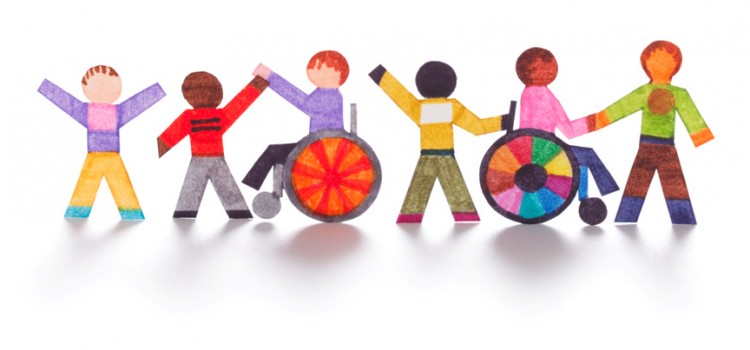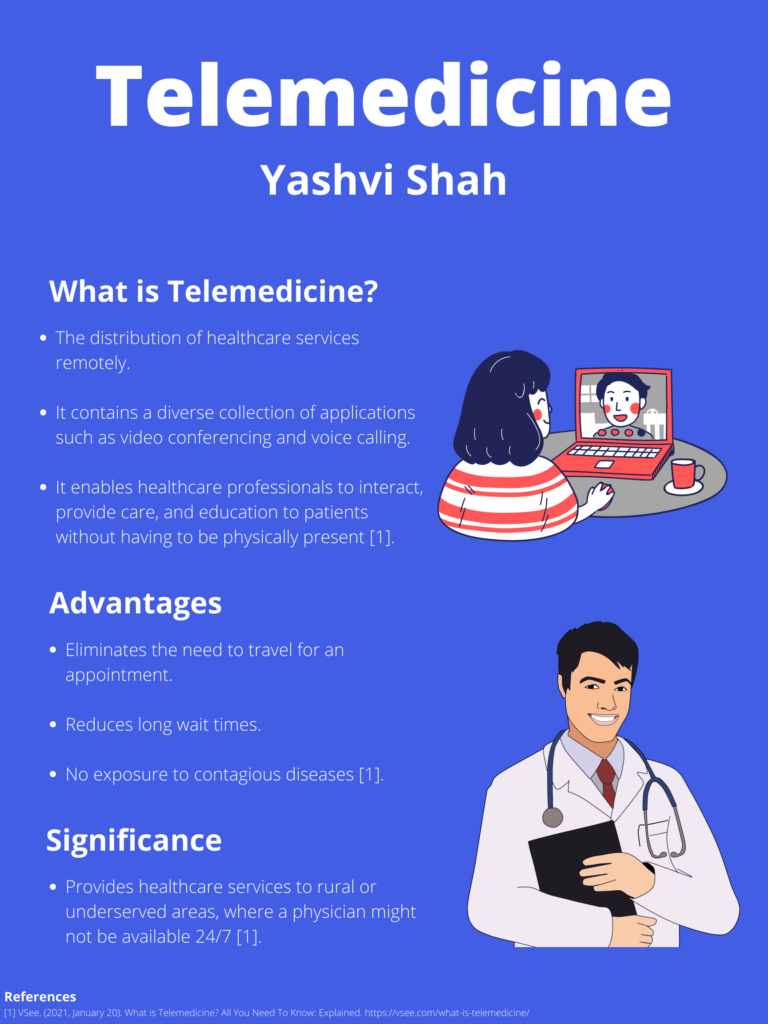TPACK
TPACK stands for Technological, Pedagogical and Content Knowledge. It is a framework that is used to identify necessary educator knowledge to integrate technology within the complexities of the larger context of teaching (Kirkland, 2014). In TPACK, Technological Knowledge (TK) is most effective when it is combined with deep Content Knowledge (CK), which means curriculum subject matter, and Pedagogical Knowledge (PK), meaning teaching strategies and knowledge (Kirkland, 2014). This combination provides an effective filter for educators to examine the way that they think about technology integration (Kirkland, 2014). To watch a quick summary about TPACK, click on the video provided below in Figure 1.
SAMR
The SAMR is a model that is categorized into four degrees of classroom technology integration. It stands for Substitution, Augmentation, Modification, and Redefinition (Kirkland, 2014). This model provides a framework for assessing the richness of the technology tasks used for learning. To watch a quick summary about SAMR, click on the video provided below in Figure 2.
SECTIONS
The SECTIONS Model is a framework that allows educators to evaluate the effectiveness of applying certain technology in their classrooms. SECTIONS refers to 8 unique areas. These are known as Students, Ease of Use, Costs, Teaching and Media, Interactivity, Organizational Issues, Networking, , and Security and Privacy (UBC, 2021). To learn more about SECTIONS, click on the video in Figure 3 which provides a quick overview about SECTIONS.
References
Michell Acala. (2016, September 22). SECTIONS MODEL [Video]. YouTube. https://www.youtube.com/watch?v=0zgx9eonXGI
Candace R. (2013, May 30). SAMR in 120 Seconds [Video]. YouTube. https://www.youtube.com/watch?v=us0w823KY0g
Candace R. (2013a, April 26). TPACK in 2 Minutes [Video]. YouTube. https://www.youtube.com/watch?v=FagVSQlZELY
Kirkland, B. (2014). SAMR & TPACK – Design for Learning: A Discovery Guide for Librarians. By the Brooks Design for Learning. https://sites.google.com/site/bythebrooksdesignforlearning/samr
The University of British Columbia (UBC). (2021). SECTIONS Model – Assessing Technologies in the Classroom | Scarfe Digital Sandbox. Scarfe Digital Sandbox. https://scarfedigitalsandbox.teach.educ.ubc.ca/sections-model-assessing-technologies-in-the-classroom/



Recent Comments